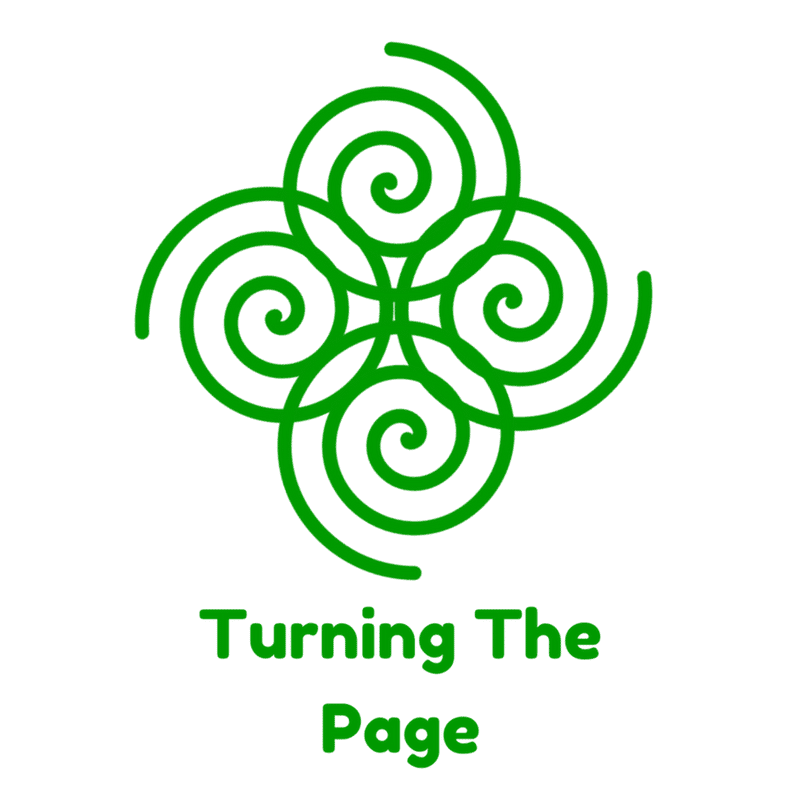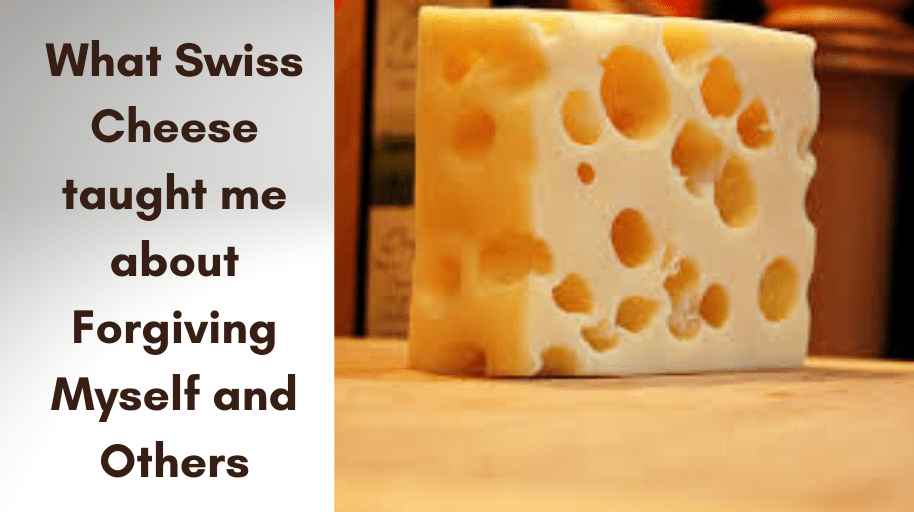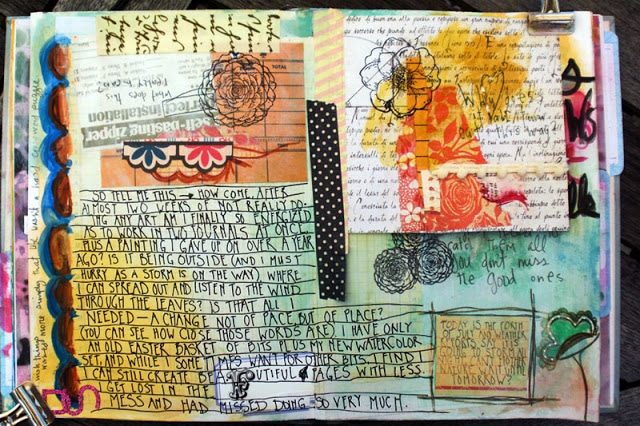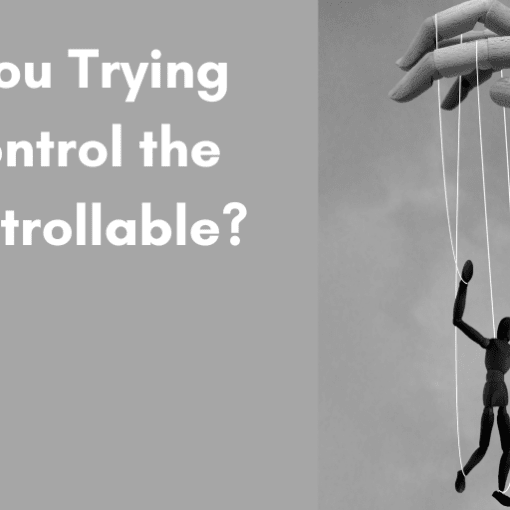We all make mistakes; we all stuff up. The feelings of regret, shame, maybe even guilt can plague and loom over us like a dark cloud.
How do we learn to come out from that cloud?
We need to eat more Swiss cheese!
Ok, now I don’t want you to go off and gorge yourself on Swiss Cheese, thinking it will magically remove all the woes and cares you have. It might add a few more pounds of them!
I want you to ponder on Swiss Cheese. The one, just like us, with all the holes in it.
What I am talking about is the Swiss Cheese Model of Human Error. This is a model that is used to understand how the weaknesses in our layers of protection can lead to some severe mistakes happening.
Just imagine you have a block of Swiss Cheese.
You slice it into thin layers. Now, if you wanted to, you could line up the layers of cheese so that you could pass a pencil through the holes. You just have to have the slices lined up in the right way.
The Swiss Cheese Model was developed by James Reason (what a great name) to describe how you create many different layers to stop serious errors occurring. Each layer or slice of cheese has a hole in it, a weakness. No system of prevention is perfect.
How does this help with forgiveness?
Well, take a serious look over a mistake you have made, maybe get a friend to help you with this who can be objective about it all.
Take a look at all the things that led up to the mistake happening.
Often it will be a combination of holes aligning to let that error through. Some of the holes may not have been anything to do with you. It may have been the responsibility of someone else. All that you can be responsible for is what you did, your layer.
Ok, here is an example.
A road worker dies when a car hits him on the side of the road. You were the one driving the car. This memory haunts you day and night.
An investigation is done of the accident. The study looks at all the factors of the crash. They go through every layer of protection that was there to protect this man from being hit.
They discover that all the signs were not put out warning you of road works being ahead. They find out that the road was wet, and it was dark, making it difficult for you to see. They discover that your brakes were slightly faulty and that the mechanic who just checked them over wasn’t qualified to do so. They find out that your car hit a nail just as you came around the bend towards the road works. The list goes on and on of discovering layers of protection that had holes in them, but when they all lined up, then catastrophe was inevitable.
Who or what was to blame for his death. It was a combination of faults.
After the investigation is complete, there are new rules made about signage for road works, mechanic training, etc.
How does this help with self-forgiveness?
I think it’s vitally important to analyze out those big mistakes you may have made. Look for all the layers that could have prevented it from happening.
We can’t go back and change things. We can only go forward with new learning.
Experience is not the best teacher; evaluated experience is the best teacher.
John Maxwell
Forgive yourself for your part in the error. Forgive others for their part in the error. Allow God to reveal to you that no human system is perfect. Be forgiving.
Learn to let it go.
How does understanding that there are multiple reasons for mistakes, help you?
Is it easier to ‘let it go’ when you don’t have to carry as much of a load? Why?
Share your thoughts by leaving a comment.
Barry Pearman





